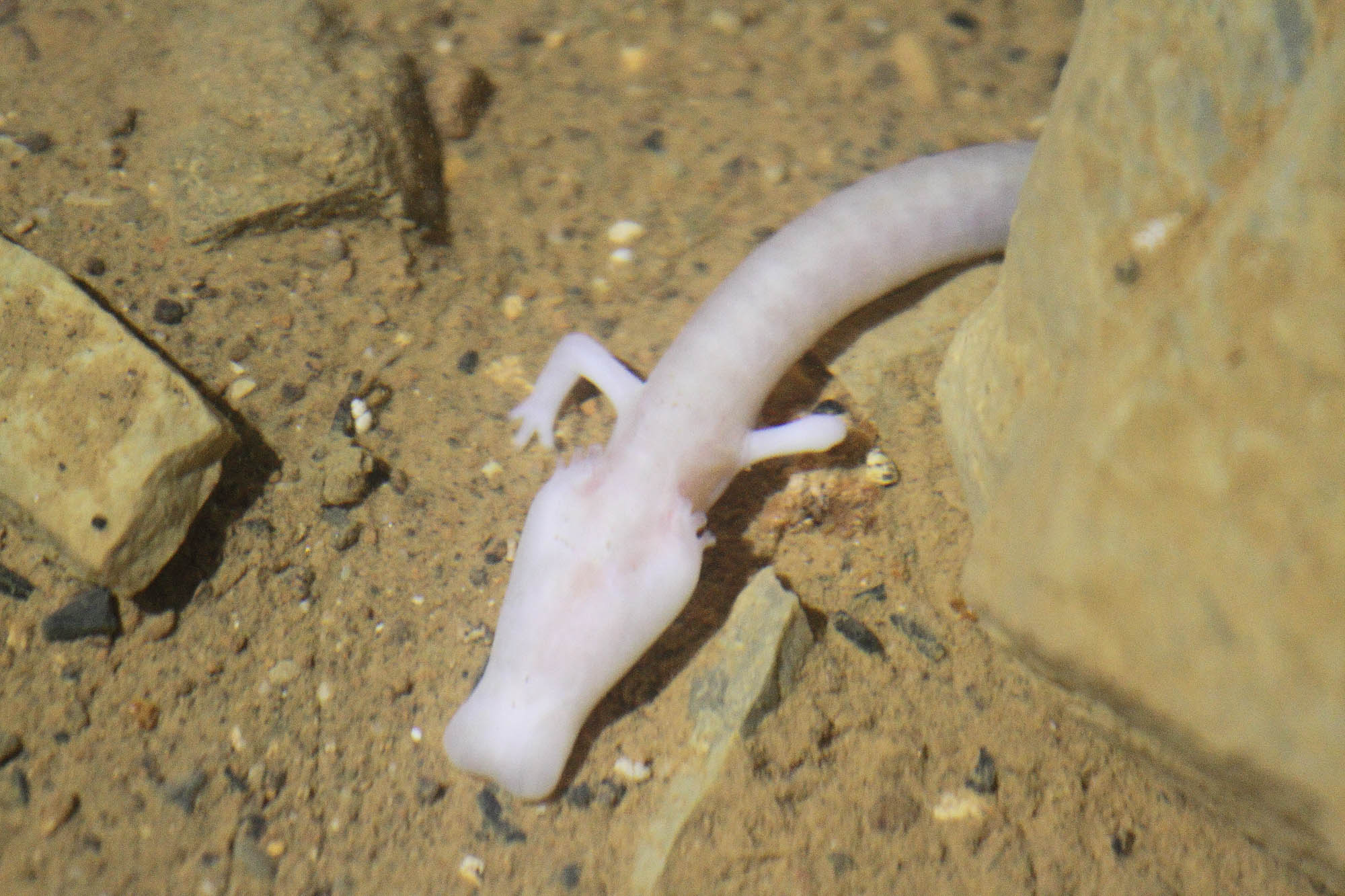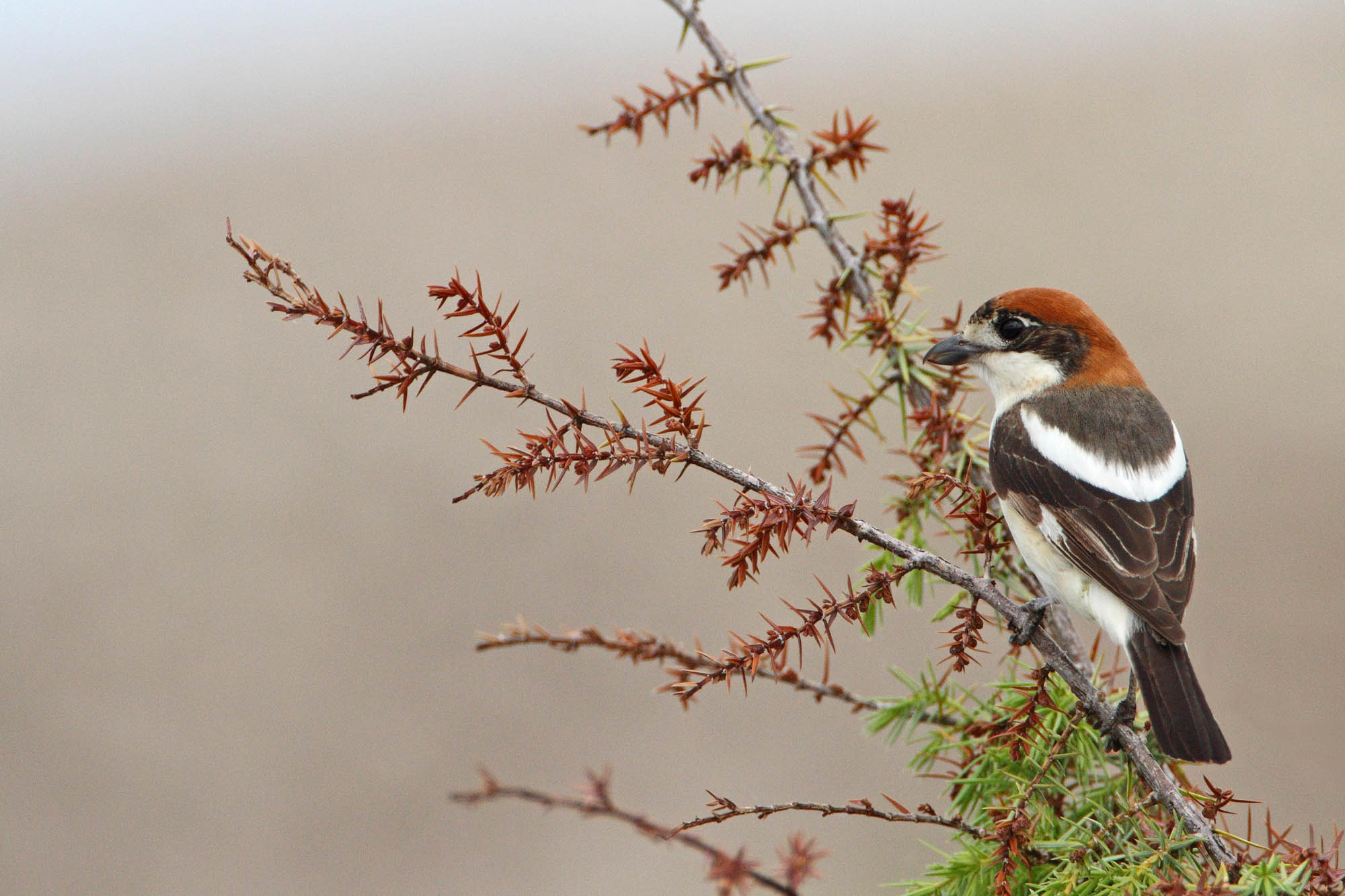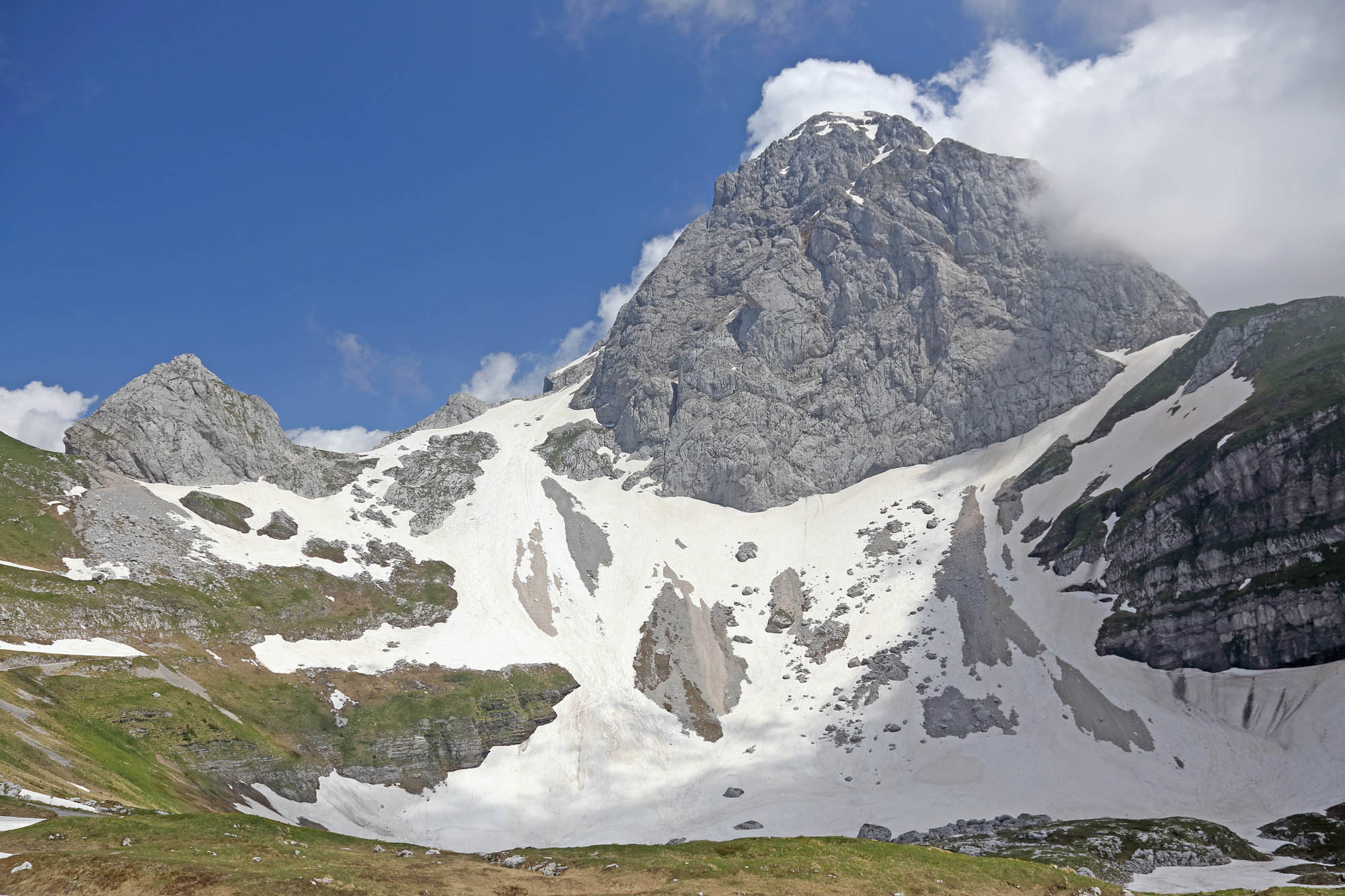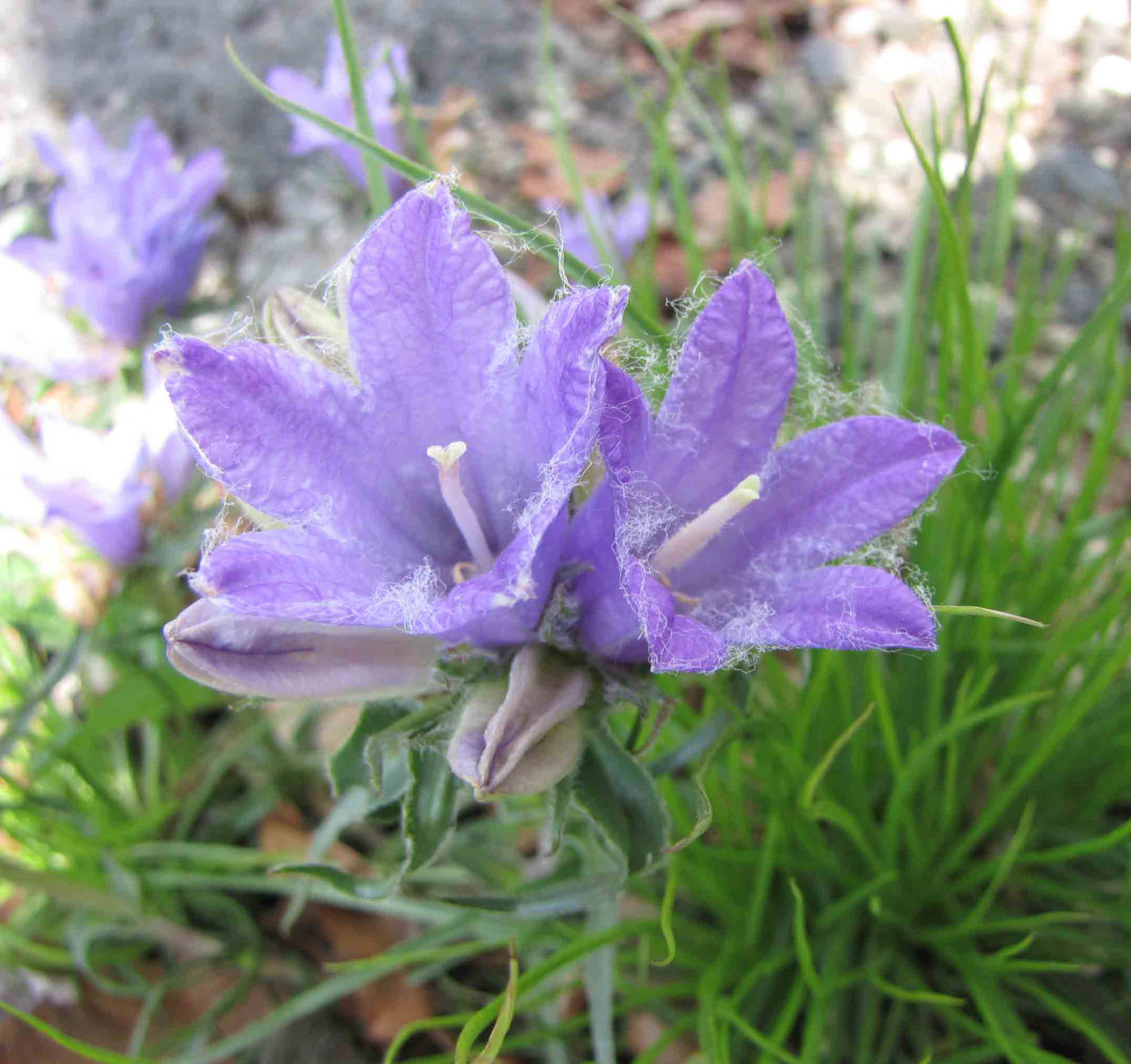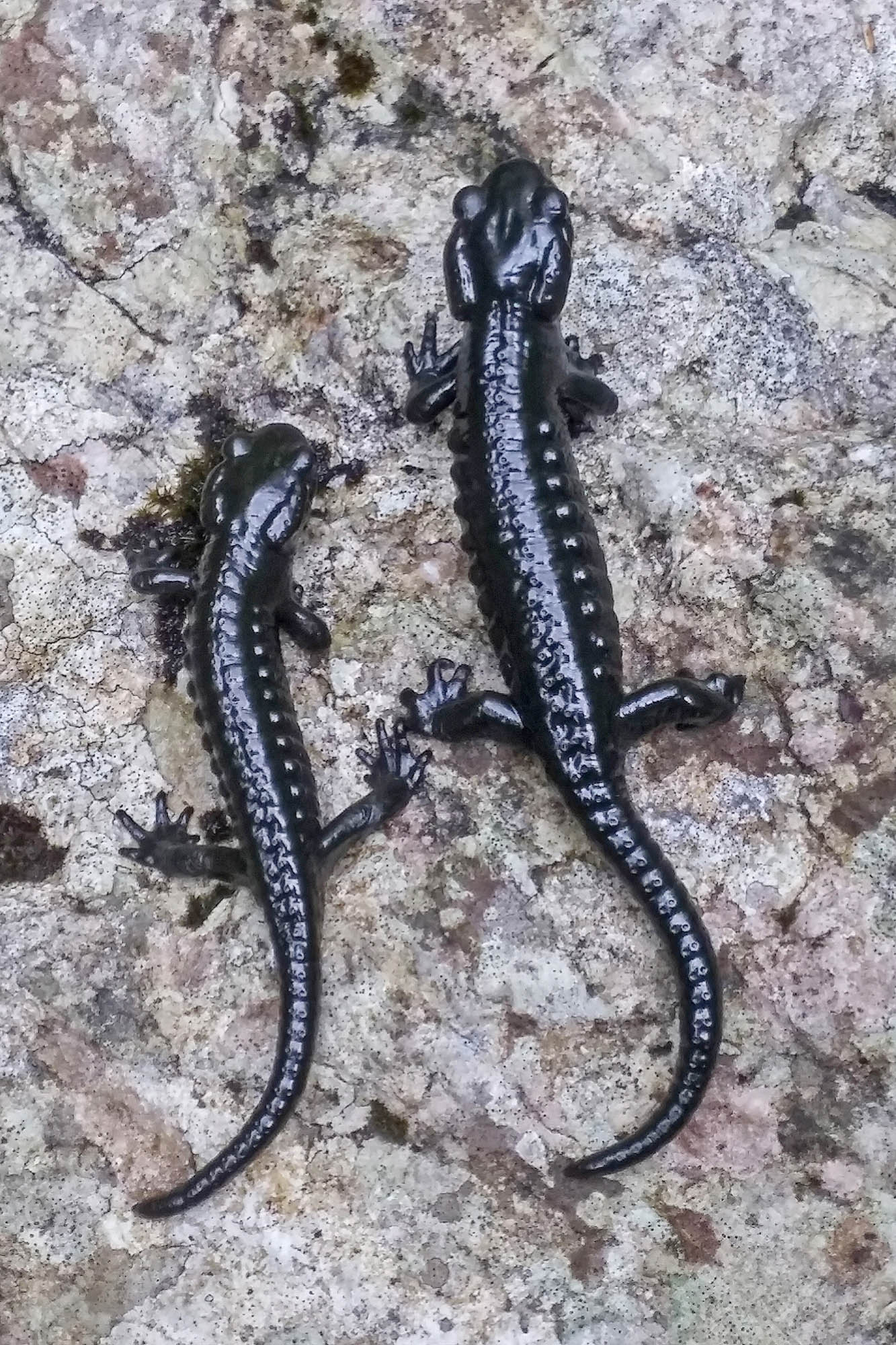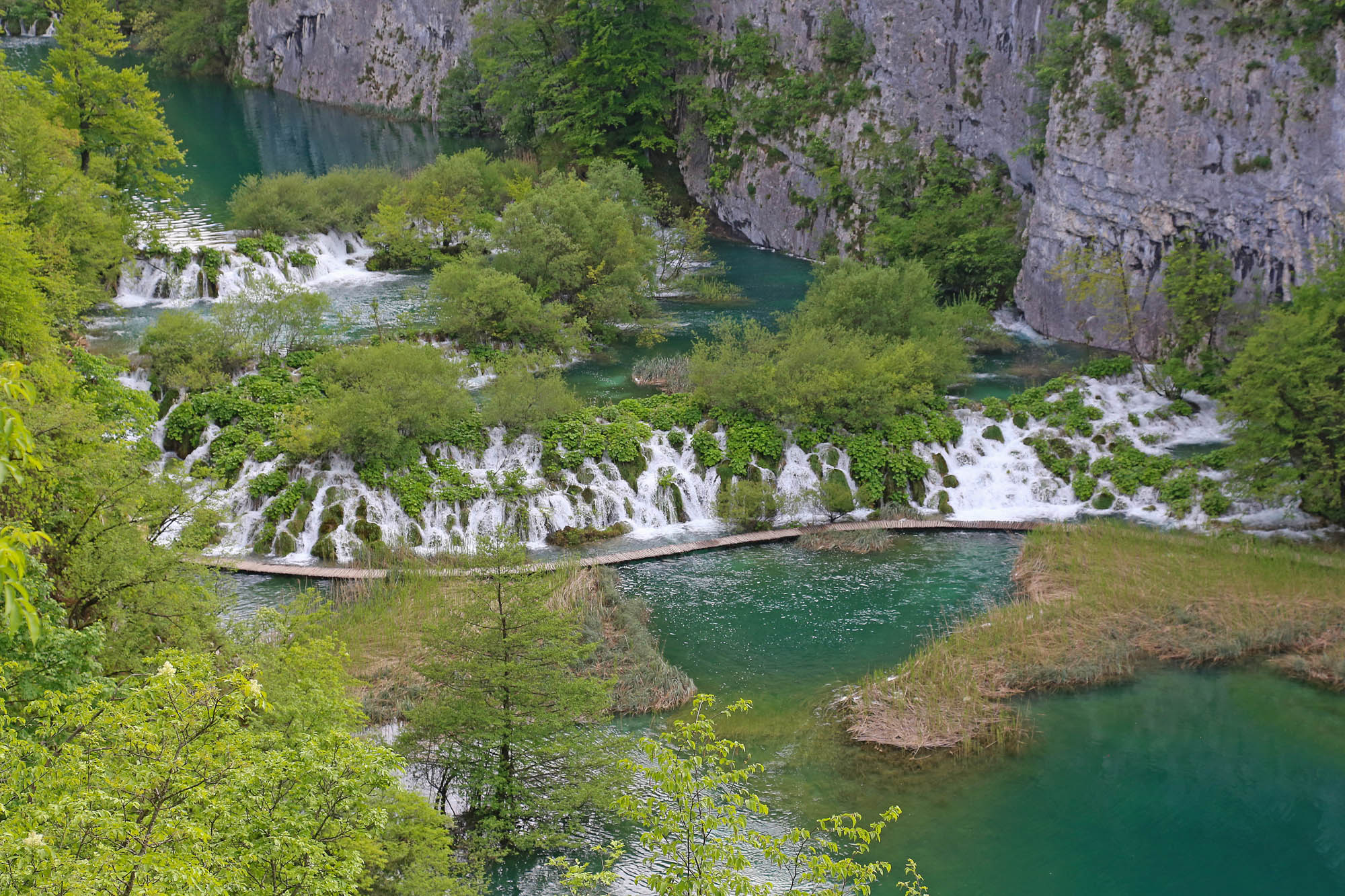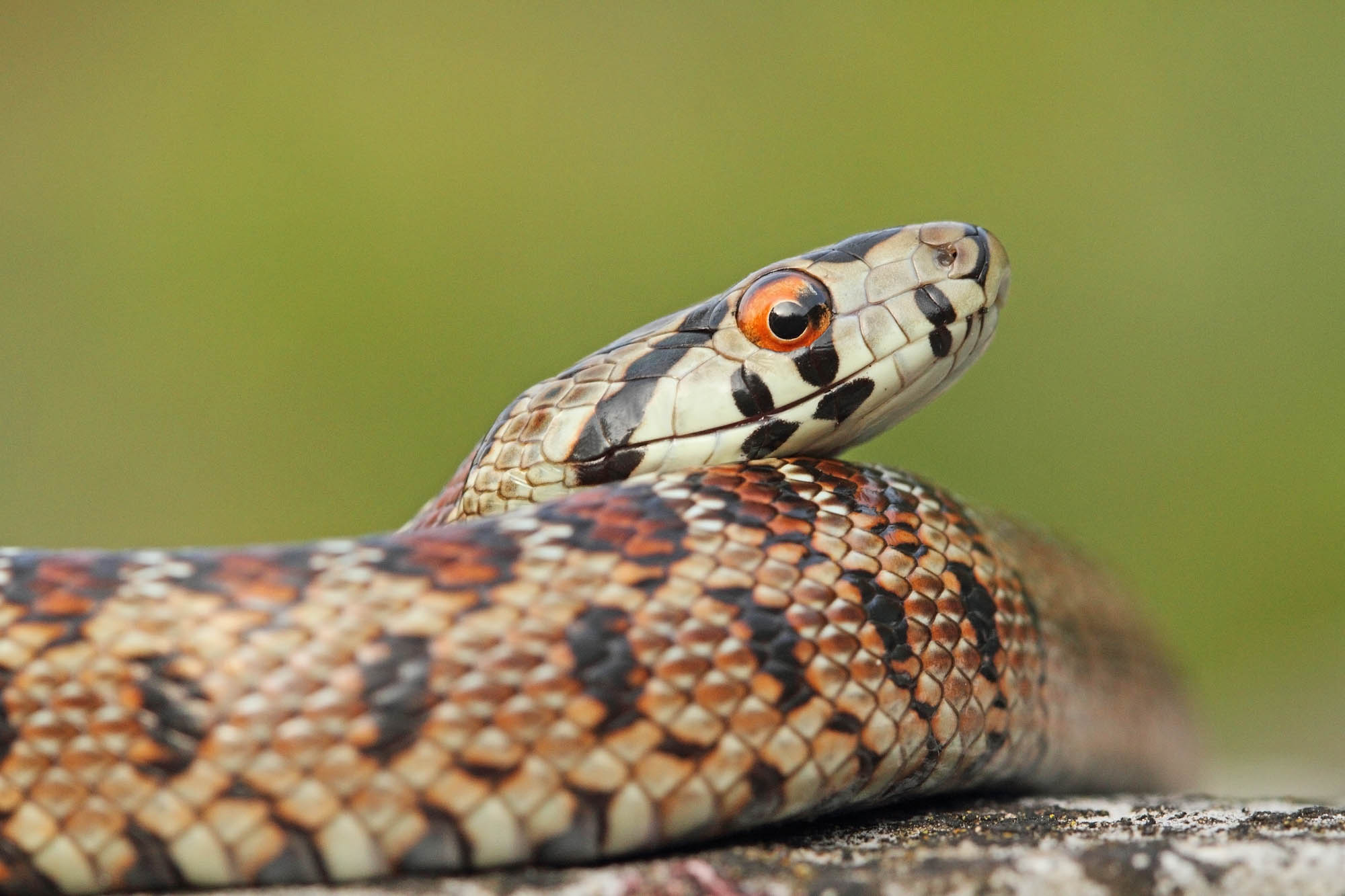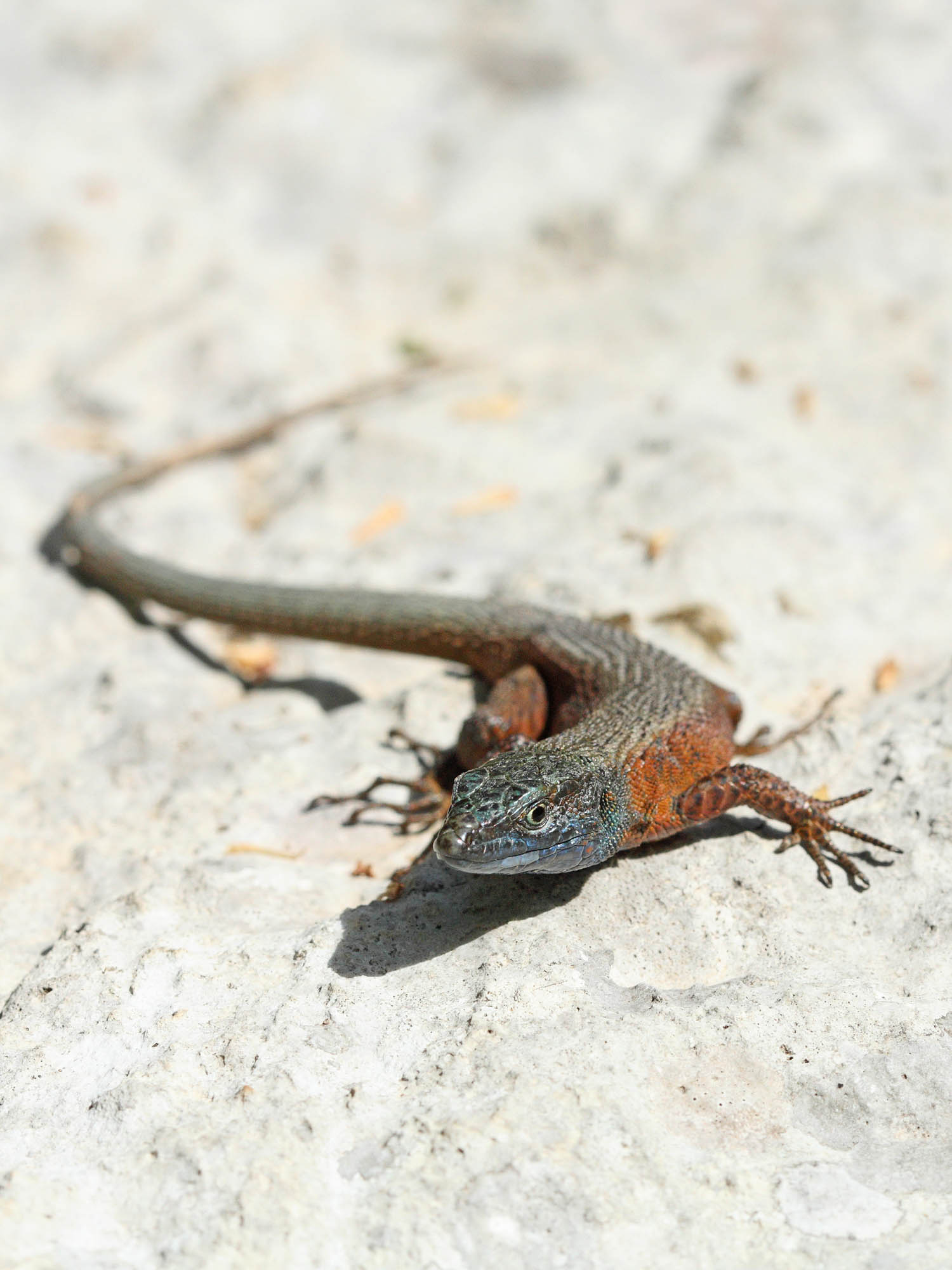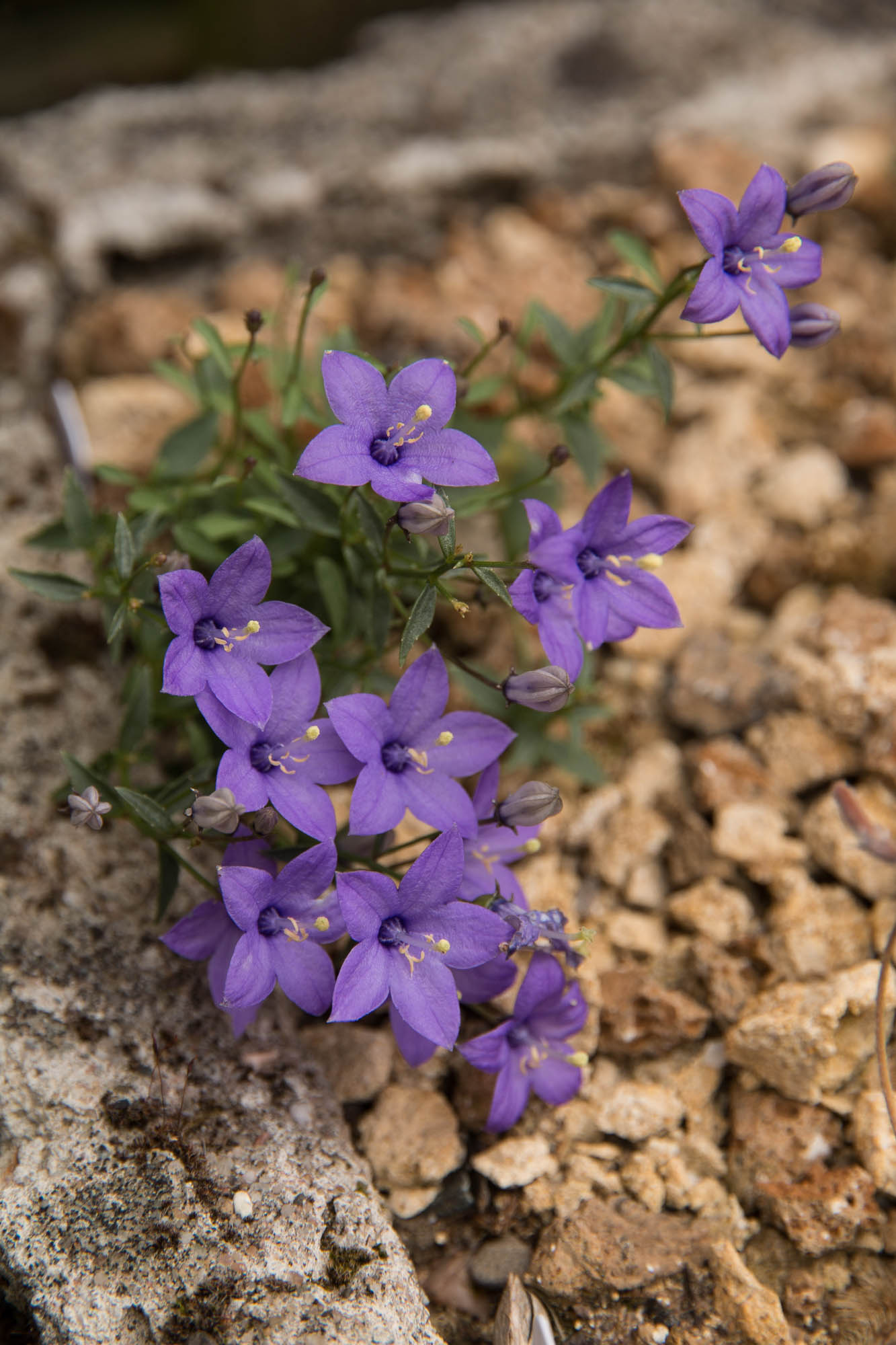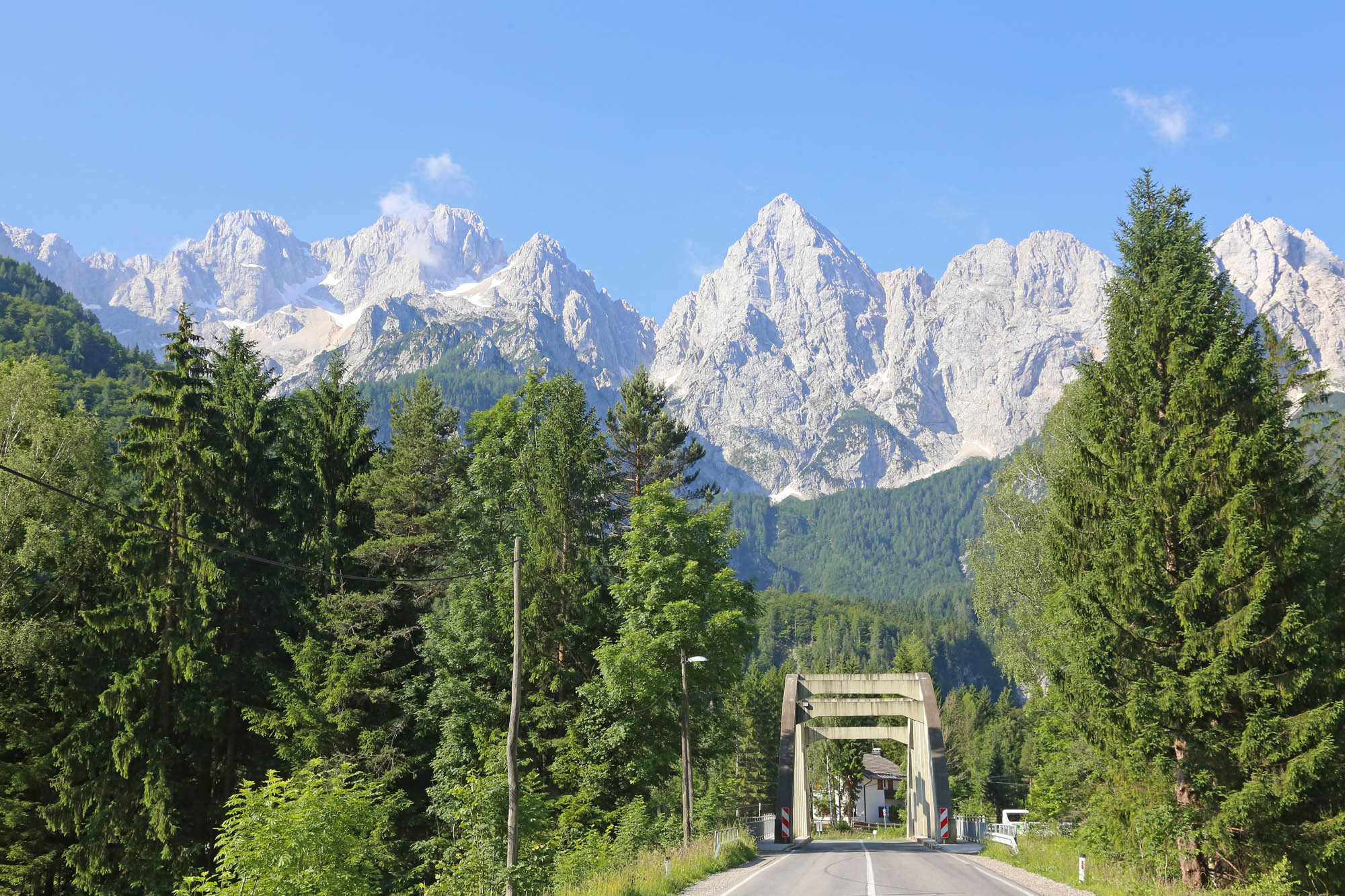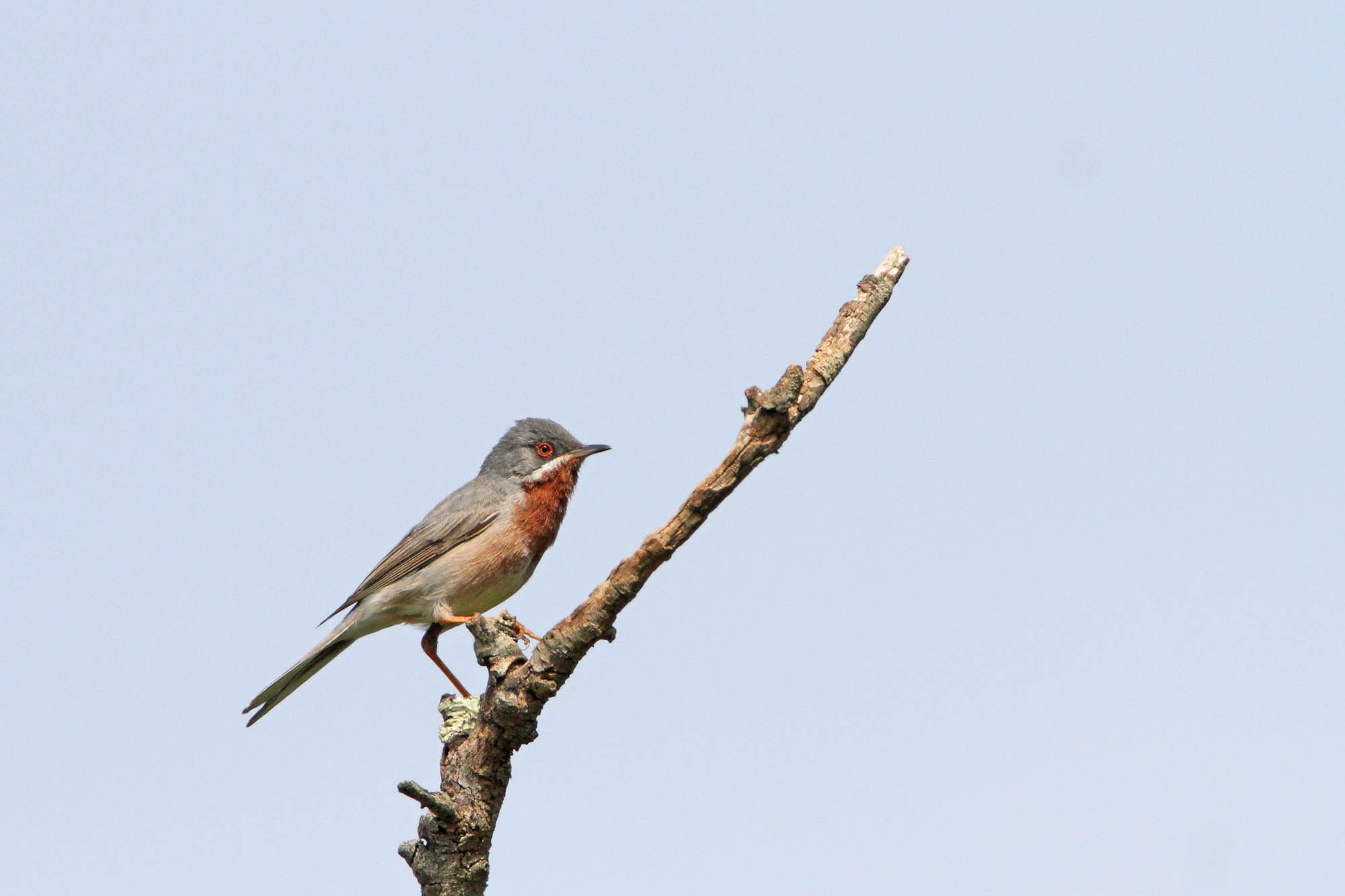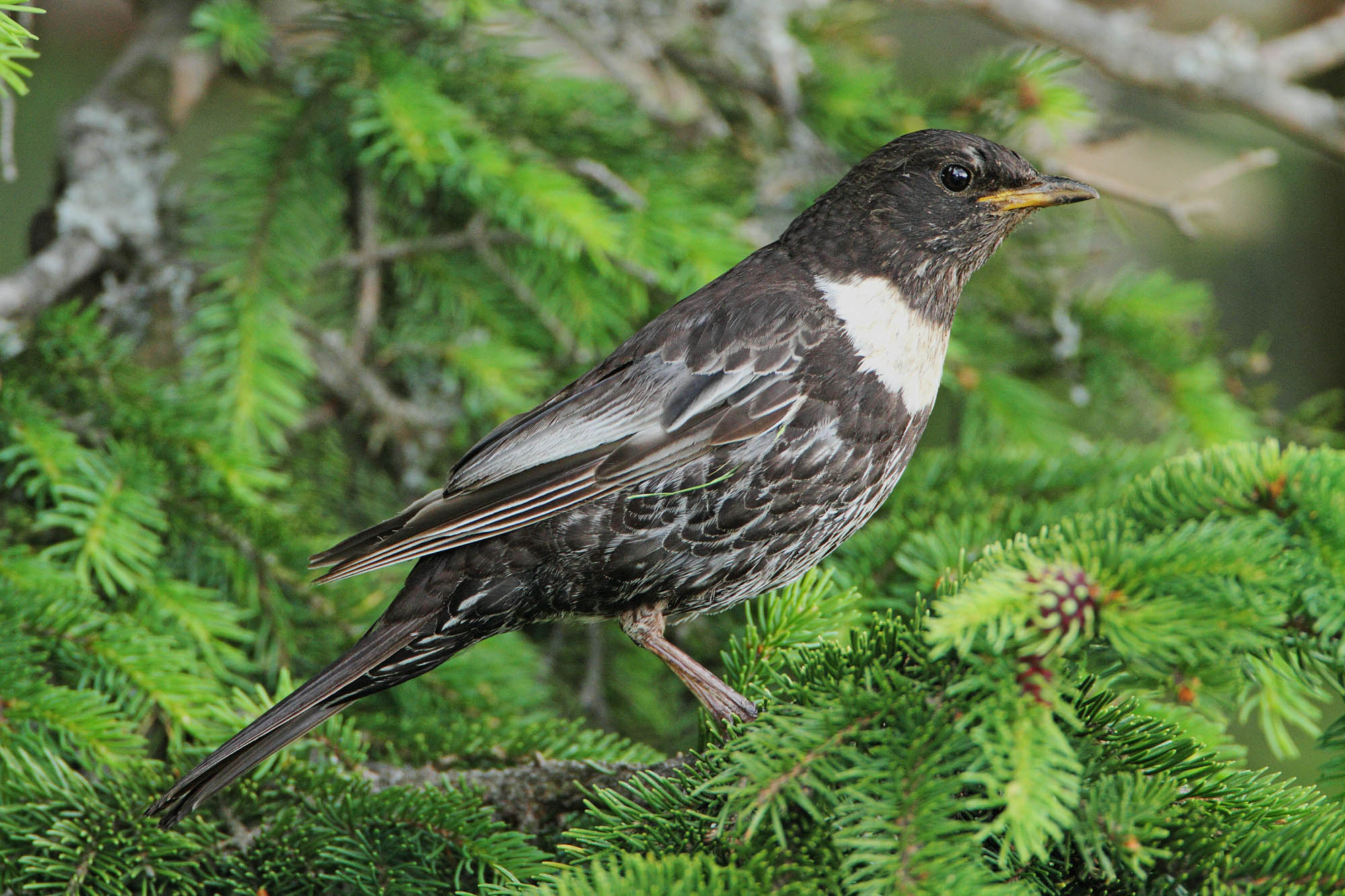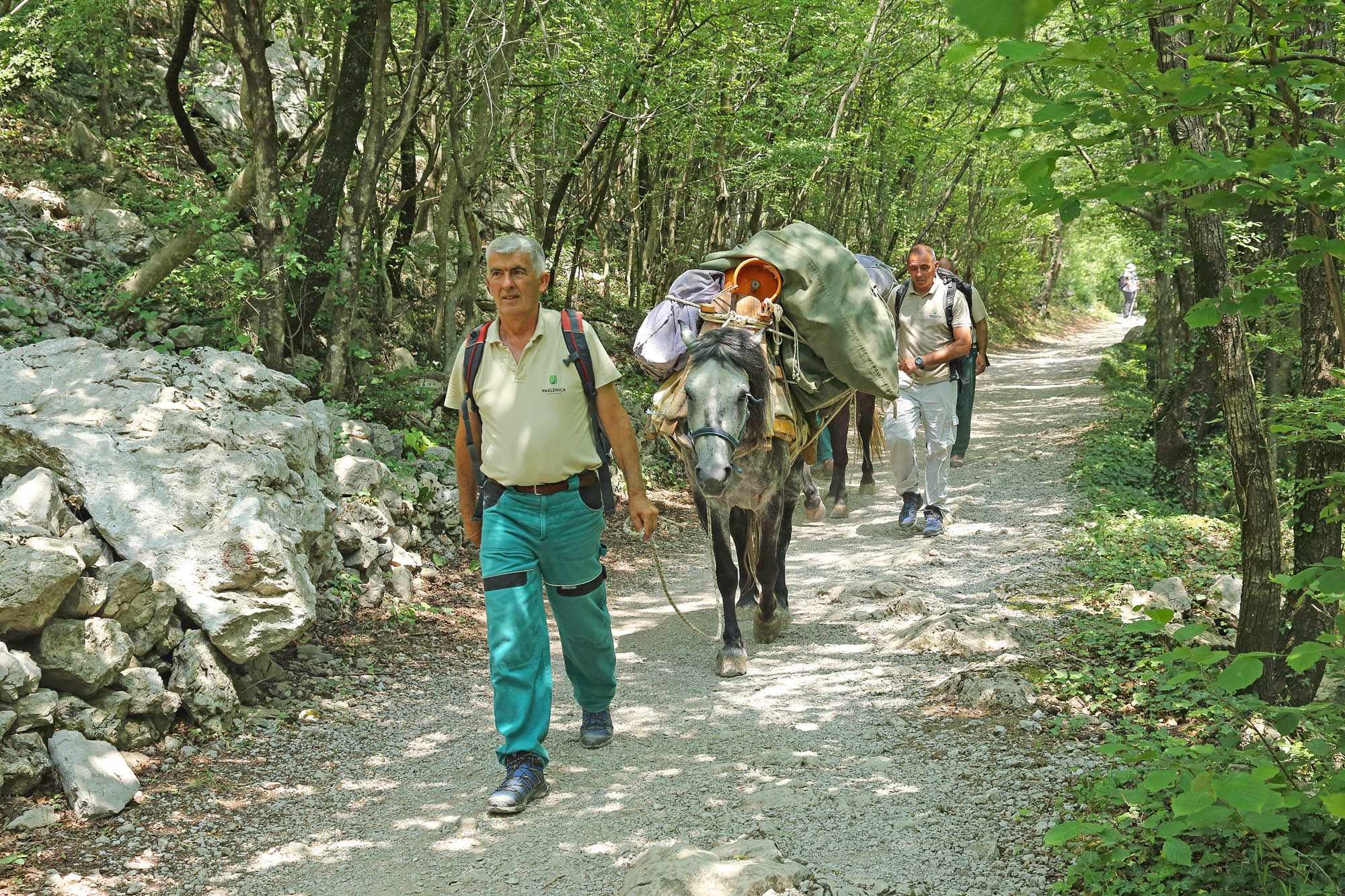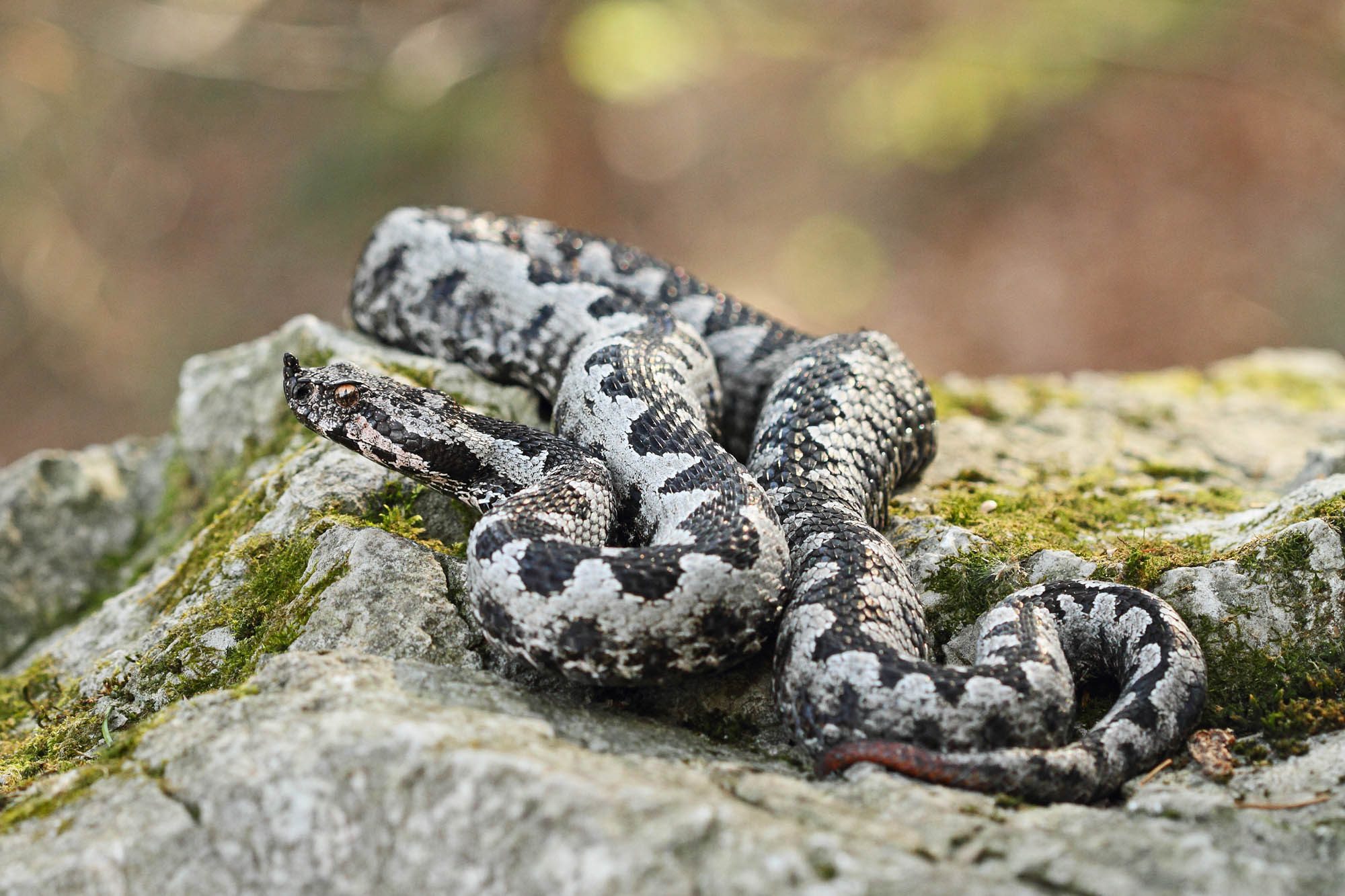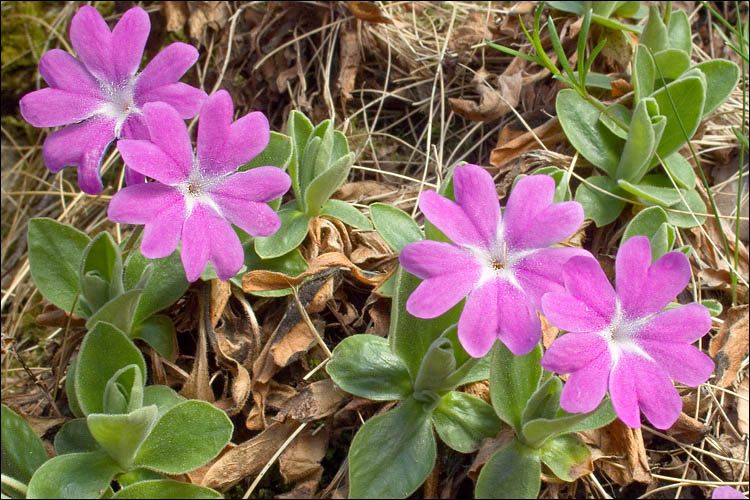

Croatia
The Azores

From the peaks of the Julian Alps to the Adriatic Coast
Slovenia and Croatia has suffered less from habitat destruction than most of Central Europe and these habitats in European terms are extremely biodiverse. We’ll explore a transect that takes us from the breathtaking heights of the Julian Alps down through colourful subalpine meadows thence into stunning densely forest hills until we reach the azure seas of the Adriatic.
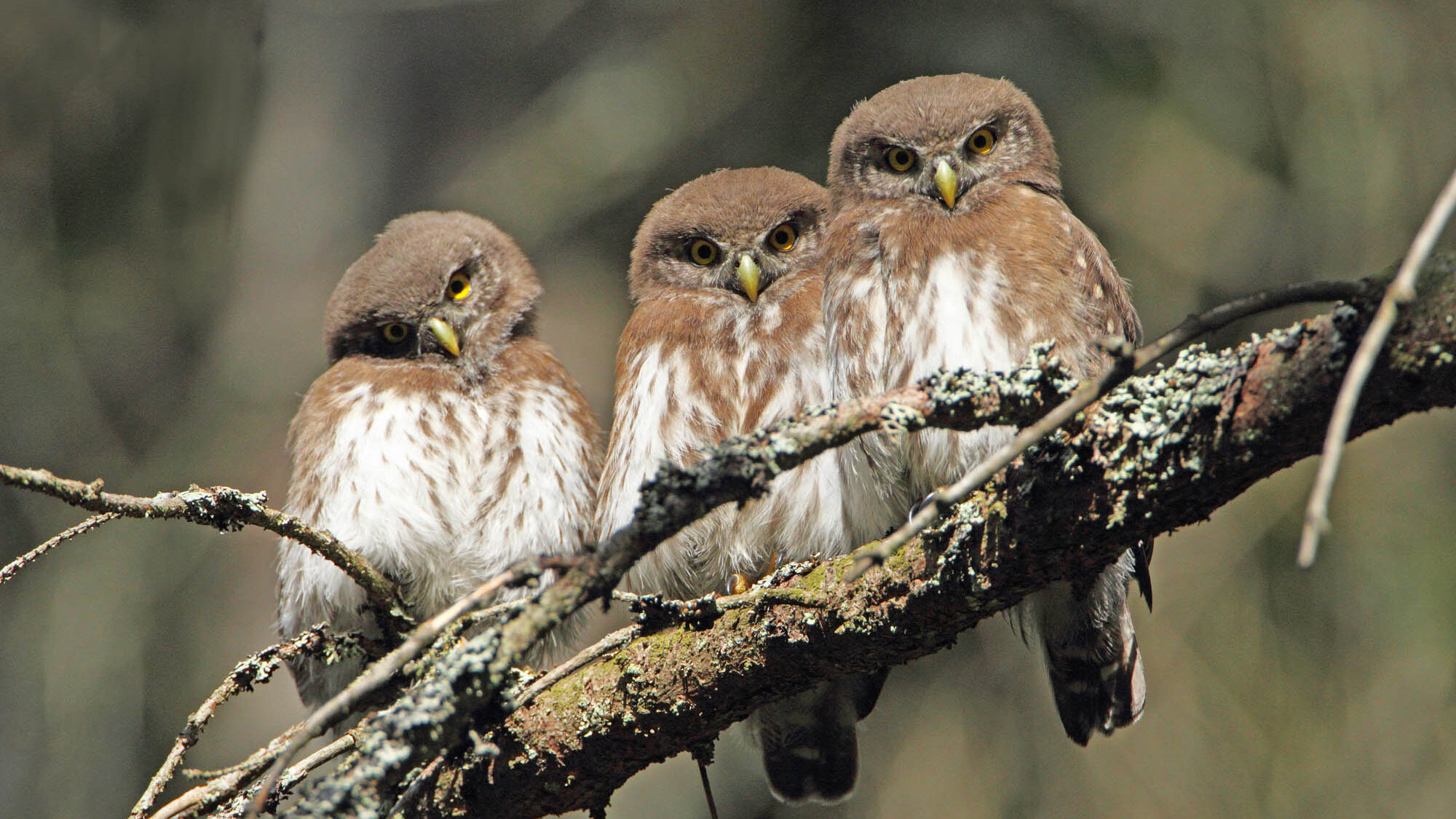
We start under the impressive limestone massif of Triglav that rises above magical Lake Bohinj and the imposing Bled Castle. Alpine Marmots thrive amongst the superlative subalpine meadows of the Mangart Pass, at 2070m the highest road in Slovenia, only opening a week or so before our tour each year. Here are Wallcreeper, Alpine Accentor and Rock Ptarmigan, Chamois and with luck even Alpine Ibex. Magnificent red-spotted Apollos are abundant and special butterflies include the endemic Lorkovich’s Brassy Ringlet. Alpine Blue, Mountain Fritillary and the extremely local Warren’s Skipper. Green Club-tailed Dragonflies and Two-toothed Golden-ringed Dragonflies fly along the streams and we’ll seek one of the rarest lizards of Europe, the Horvath’s Wall Lizard. On the forested karstic Pokljuka plateau we’ll look for Pygmy Owls, Crested Tit, and Nutcracker. Here are strikingly attired Fire Salamanders and the critically endangered Alpine or Black Salamander as well as handsome Alpine A tour highlight is sure to be the visit to the spectacular Postojna Cave, a UNESCO World Heritage sites where we’ll admire the astonishing diversity of Karst features as well as a small pool filled with pink Olms (fully aquatic, blind cave salamanders). This is a unique species, living only in few mostly inaccessible caves along the Dalmatian coast. Western Green Lizard, Dalmatian Wall Lizard and the almost totally black and very fast Western Whip Snake inhabit strange Mount Nanos which stands above the plain like a secret garden full of amazing flowers and wildlife. A local guide will try and show us the rare Nose-horned Vipers and the ‘rock’ is full of wonderful butterflies such as Poplar Admiral, Assmann’s Fritillary (endemic subspecies mitchiellii), Scarce Large Blue, and the Great Sooty Satyr.
The exquisite Plitvička Lakes National Park would probably be right at the top of any list of the most beautiful in Europe. Limestone mountains are dissected by deep canyons filled with turquoise lakes and pools, all cloaked in forests. Waterfalls cascade down cliffs draped in greenery. Fortunately National Park staff in Croatia have overseen a very careful development of Plitvička over the past decades. Slatted paths have been built that allow us to walk through the most beautiful canyons, alongside waterfalls, around and even across lakes. And everywhere shining green forest frames the turquoise and blue. Here we’ll search for Grey-headed and Black Woodpeckers, Collared Flycatcher, Italian Crested Newt, Yellow-bellied Toad and European Tree Frog.
We’ll visit the distinctive canyons carved vertically into the south slopes of Velebit Mountains where Sombre Tit, Eastern Orphean, Subalpine and Sardinian Warblers, Wryneck, Golden Oriole and Rock Partridge are all found. No less than 31 amphibian and reptile species have been recorded here, the most common being Balkan Whip Snake, Leopard Snake, Aesculapian Snake and Dahl’s Whip Snake, and we’ll also look for Cat Snake, European Legless Lizard, and the beautifully coloured Dalmatian Algyroides. Pygmy Cormorant, Purple Heron, Zitting Cisticola, Bearded and Penduline Tits frequent the shore of Lake Vrana, the biggest freshwater lake in Croatia, then we’ll finish a tour full of biodiversity amongst the Mediterranean landscapes of Pag, Croatia’s fifth largest island. Old saltpans, lakes, wet meadows and marshy shorelines are hotspots for fauna such as the hercegovinensis form of Hermann’s Tortoise,
Stone Curlew, Montague’s Harrier and colourful birds such as European Bee-eater, Woodchat Shrike and Black-headed Bunting.
Dates and Prices
11th June - 20th June 2024 (10 days)
* doesn't apply if you're willing to share and a room-mate can be arranged
Everything! Flowers, birds, odonata, butterflies and especially amphibians and reptiles. Natural habitats and landscapes.
One leader for a group of up to 6, two leaders up to 12 and a third leader up to the maximum group size of 15.
All flights. All transport and meals in Slovenia and Albania. Services of your leaders. Please note: Drinks, tips, and items of a personal nature such as travel insurance, are not included.
This section is being updated
Fairly easy. No more than three or four of miles in any one day, and always at a relaxed pace, ideally suited to photographers. Sometimes though we’ll be on steep paths, and on rocky ground.
UK flights are outbound direct return flights from London Gatwick to Ljubljana.
Other indirect routes from regional UK Airports* are available.
*these routes may incur a supplement.
Warm and sunny with blue skies for the most part, still pleasant in the mountains but even getting quite hot on the Adriatic shore at the end of the tour. There may be some rain and cloud in the mountains.
Contact us to check if there is availability for the number of places you require. Click on the ‘Book this Tour’ button on this page to be taken to the online booking form or contact us and we will send one to you which you can complete and send back to us. You will receive confirmation of your place, and then a detailed information pack will be dispatched to you about twelve weeks before departure. This will contain up-to-date health information.
